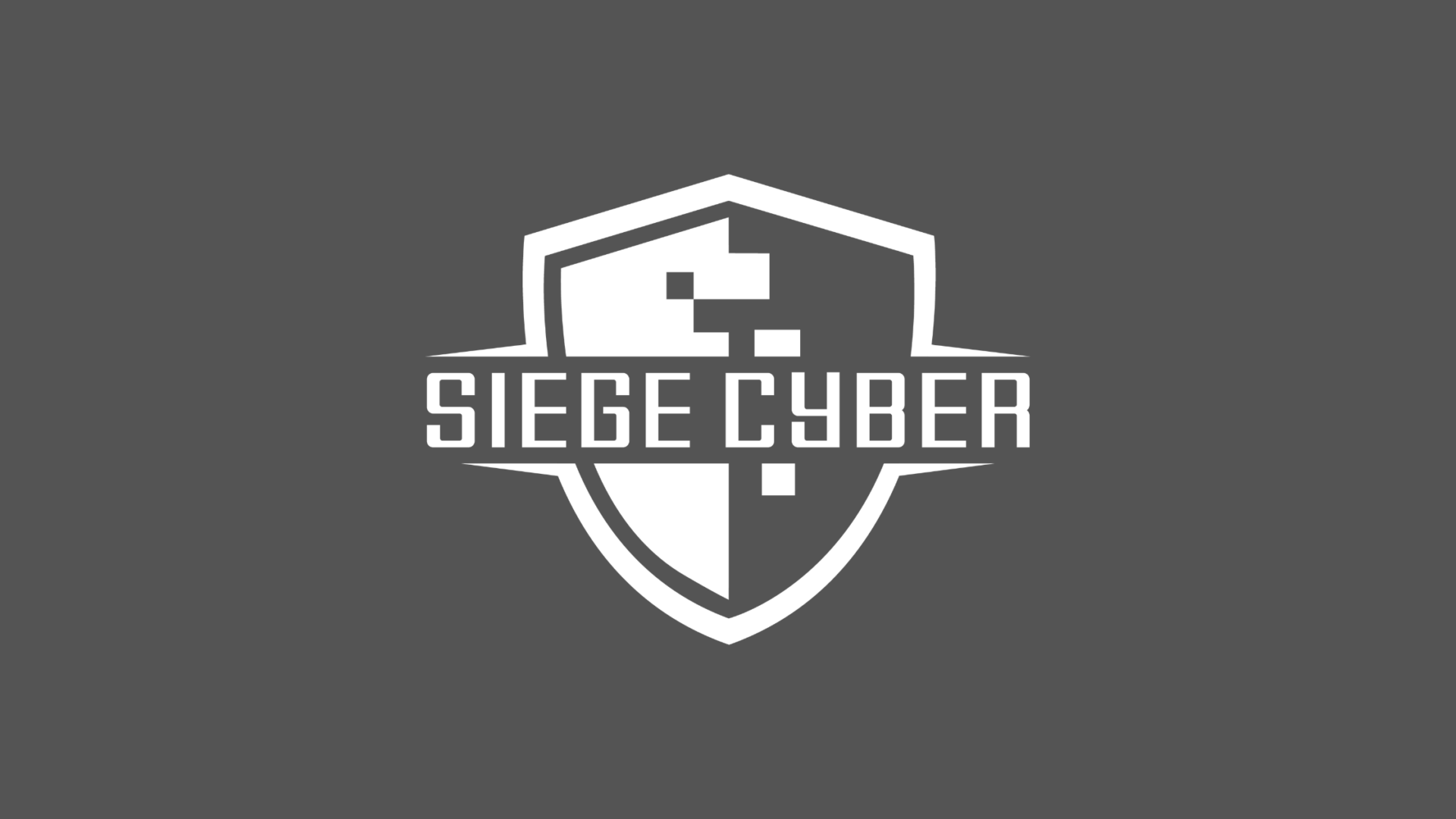
The Critical Role of NIST in Safeguarding Australian Organisations
In the rapidly evolving digital landscape, cybersecurity has become a top priority for organisations across the globe, including those in Australia. With the increasing number of cyber threats and high-profile data breaches, it is essential for businesses to have a robust framework in place to protect their sensitive information. This is where the National Institute of Standards and Technology (NIST) Cybersecurity Framework (CSF) comes into play.
The NIST CSF provides guidelines and best practices for organisations to manage and mitigate their cybersecurity risks effectively. It offers a comprehensive approach that encompasses five core functions: Identify, Protect, Detect, Respond, and Recover. By implementing the NIST CSF, Australian organisations can establish a strong cybersecurity posture and enhance their ability to detect, prevent, and respond to cyber threats.
In this article, we will explore the critical role of the NIST CSF in safeguarding Australian organisations. We will delve into the key components of the framework and examine how its implementation can help businesses strengthen their cybersecurity defences. Stay tuned to discover how the NIST CSF can be a game-changer for organisations in the fight against cyber threats.
Overview of the NIST CSF Framework
The National Institute of Standards and Technology (NIST) Cybersecurity Framework (CSF) is a voluntary set of guidelines and best practices designed to help organisations manage and mitigate cybersecurity risks. Originally developed in response to Executive Order 13636, the NIST CSF has since become a widely adopted framework for enhancing cybersecurity capabilities across various industries. The framework is built upon five core functions – Identify, Protect, Detect, Respond, and Recover – which form the foundation of a strong cybersecurity program.
The “Identify” function focuses on understanding and managing cybersecurity risks at an organisational level. By identifying assets, vulnerabilities, and threats, businesses can develop a comprehensive view of their security posture and prioritise risk mitigation efforts.
The “Protect” function involves implementing safeguards to protect critical assets and data from cyber threats. This includes access controls, encryption, and security awareness training to reduce the likelihood of a successful attack.
The “Detect” function centres on the timely identification of cybersecurity events to facilitate a rapid response. By deploying monitoring and detection capabilities, organisations can detect security incidents early and minimise their impact.
The “Respond” function emphasises the need for an effective response plan to contain and mitigate security incidents. This involves establishing communication channels, incident response procedures, and coordination with relevant stakeholders to address threats promptly.
The final core function, “Recover” focuses on restoring services and recovering from a cybersecurity incident. By developing and testing recovery plans, organisations can minimise downtime and ensure business continuity in the event of a breach. Together, these five core functions provide a holistic approach to cybersecurity that enables organisations to build resilience and respond effectively to cyber threats. In the following sections, we will explore how Australian organisations can implement the NIST CSF to enhance their cybersecurity defences.

Implementing NIST CSF in Australian Organisations
The implementation of the NIST CSF in Australian organisations can significantly strengthen their cybersecurity posture and resilience. By following the framework’s guidelines and best practices, businesses can enhance their ability to identify, protect, detect, respond, and recover from cybersecurity incidents effectively. However, successful implementation requires a strategic and tailored approach that aligns with the organisation’s unique risk profile and security requirements.
One of the first steps in implementing the NIST CSF is to conduct a thorough assessment of the organisation’s current cybersecurity posture. This involves identifying critical assets, evaluating existing security controls, and assessing potential vulnerabilities and threats. By gaining a clear understanding of the organisation’s risk landscape, businesses can develop a roadmap for implementing the NIST CSF and prioritising security enhancements.
Next, organisations should align their cybersecurity practices with the five core functions of the NIST CSF. This includes developing policies and procedures to support risk management, implementing technical safeguards to protect against threats, and establishing incident response and recovery capabilities. By integrating the framework’s principles into their cybersecurity program, Australian organisations can build a robust defence posture that is adaptive and resilient in the face of evolving cyber threats.
Furthermore, ongoing monitoring and assessment are essential to ensure the effectiveness of the NIST CSF implementation. Regularly evaluating security controls, conducting threat assessments, and testing incident response plans can help organisations identify gaps and areas for improvement. By continuously refining their cybersecurity practices based on the NIST CSF’s guidance, Australian organisations can stay ahead of emerging threats and strengthen their overall security posture. In the next section, we will explore the benefits of adopting the NIST CSF in more detail.
Benefits of Adopting NIST CSF
The adoption of the NIST CSF offers numerous benefits for Australian organisations looking to enhance their cybersecurity capabilities. By leveraging the framework’s structured approach and best practices, businesses can achieve the following advantages:
- Enhanced Risk Management: The NIST CSF enables organisations to identify and prioritise cybersecurity risks, allowing them to allocate resources effectively and focus on mitigating the most critical threats.
- Improved Security Posture: By following the framework’s guidelines, organisations can implement robust security controls and safeguards to protect against a wide range of cyber threats, reducing the likelihood of successful attacks.
- Effective Incident Response: The NIST CSF’s emphasis on incident detection and response helps organisations respond promptly to security incidents, contain the impact, and minimise disruption to business operations.
- Regulatory Compliance: Many regulatory bodies and industry standards recommend or require the use of the NIST CSF as a cybersecurity framework, making adoption essential for compliance purposes.
- Enhanced Stakeholder Confidence: By demonstrating a commitment to cybersecurity best practices and risk management, organisations can enhance stakeholder trust and credibility, positioning themselves as reliable and secure partners.
Overall, adopting the NIST CSF can help Australian organisations build a resilient cybersecurity program that is aligned with industry best practices and standards. By leveraging the framework’s principles, businesses can enhance their security posture, respond effectively to cyber threats, and demonstrate a proactive approach to safeguarding sensitive information. In the following sections, we will address some common challenges that organisations may face when implementing the NIST CSF and explore how to overcome them.
Common Challenges in Implementing NIST CSF
While the NIST CSF provides a valuable framework for enhancing cybersecurity capabilities, organisations may encounter several challenges during the implementation process. These challenges can range from resource constraints and technical complexities to cultural resistance and lack of expertise. By addressing these obstacles proactively, Australian organisations can streamline the implementation of the NIST CSF and maximise its effectiveness in strengthening their cybersecurity defenses.
One common challenge faced by organisations is the lack of dedicated resources and expertise to support the implementation of the NIST CSF. Cybersecurity initiatives require specialised knowledge and skills, which may be lacking in some organisations. To overcome this challenge, businesses can consider partnering with external cybersecurity experts or investing in training and upskilling programs for their internal teams. By building a strong foundation of cybersecurity knowledge and capabilities, organisations can enhance their readiness to implement the NIST CSF successfully.
Another challenge organisations may encounter is the complexity of aligning existing security practices with the NIST CSF guidelines. Many businesses already have established security controls and processes in place, which may need to be adjusted or augmented to conform to the framework’s recommendations. This alignment process can be time-consuming and resource-intensive, requiring careful planning and coordination across different departments. However, by breaking down the implementation into manageable steps and seeking input from key stakeholders, organisations can navigate this challenge effectively and ensure a smooth transition to the NIST CSF.
Cultural resistance within the organisation can also pose a significant challenge to the successful implementation of the NIST CSF. Resistance to change, lack of awareness about cybersecurity risks, and competing priorities can hinder efforts to adopt new security practices and procedures. To address this challenge, businesses should focus on building a strong cybersecurity culture that emphasises the importance of security awareness, accountability, and collaboration. By engaging employees at all levels and fostering a culture of security consciousness, organisations can overcome resistance and promote a proactive approach to cybersecurity risk management.
In the next section, we will highlight how Siege Cyber, a leading cybersecurity firm in Australia, can help organisations address these challenges and implement the NIST CSF successfully. By leveraging their expertise and experience, Siege Cyber can support businesses in strengthening their cybersecurity defences, enhancing their risk management capabilities, and achieving compliance with industry standards and regulations.

How Siege Cyber Can Help
Siege Cyber is a trusted cybersecurity partner that specialises in helping Australian organisations enhance their cybersecurity posture and resilience. With a team of experienced cybersecurity professionals and a proven track record of success, Siege Cyber offers a range of services to support businesses in implementing the NIST CSF and improving their security capabilities. From risk assessments and security audits to incident response planning and security awareness training, Siege Cyber provides tailored solutions to address the unique cybersecurity needs of each organisation.
By partnering with Siege Cyber, Australian organisations can benefit from expert guidance and support throughout the NIST CSF implementation process. Siege Cyber’s team of consultants works closely with clients to assess their current security posture, develop customised cybersecurity strategies, and implement effective security controls and safeguards. Through proactive monitoring and continuous improvement, Siege Cyber helps organisations stay ahead of emerging threats and protect their critical assets from cyber attacks.
In addition to technical expertise, Siege Cyber also offers training programs and workshops to empower employees with the knowledge and skills to recognise and respond to cybersecurity threats. By fostering a culture of security awareness and accountability, Siege Cyber helps organisations build a strong cybersecurity culture that is resilient to evolving threats. With Siege Cyber’s comprehensive cybersecurity solutions, Australian organisations can enhance their cybersecurity defences, achieve regulatory compliance, and demonstrate a commitment to safeguarding sensitive information.
In the final section of this article, we will conclude by discussing the future of the NIST CSF in Australia and its role in shaping the nation’s cybersecurity landscape. We will explore emerging trends and challenges in cybersecurity, and how organisations can leverage frameworks like the NIST CSF to stay ahead of threats and strengthen their security posture in an increasingly digital world.
Conclusion and Future of NIST CSF in Australia
As the cybersecurity landscape in Australia continues to evolve, the NIST CSF remains a valuable tool for organisations looking to enhance their cybersecurity capabilities and resilience. By adopting the framework’s principles and best practices, Australian businesses can build a solid foundation for managing and mitigating cybersecurity risks effectively. The NIST CSF’s emphasis on risk management, continuous improvement, and collaboration aligns with international standards and industry best practices, making it a preferred framework for organisations across various sectors.
Looking ahead, the future of the NIST CSF in Australia is promising, with more businesses recognising the importance of cybersecurity and investing in robust security measures. As cyber threats become more sophisticated and prevalent, organisations will need to adapt their cybersecurity strategies to stay ahead of adversaries. By leveraging frameworks like the NIST CSF and partnering with trusted cybersecurity experts, Australian organisations can enhance their security posture, respond effectively to security incidents, and demonstrate a commitment to safeguarding sensitive information.
In conclusion, the critical role of the NIST CSF in safeguarding Australian organisations cannot be overstated. By implementing the framework’s guidelines and best practices, businesses can strengthen their cybersecurity defences, protect against evolving threats, and build a culture of security awareness and resilience. As the cybersecurity landscape continues to evolve, organisations must remain vigilant and proactive in managing their cybersecurity risks. The NIST CSF provides a roadmap for organisations to navigate this complex landscape and emerge stronger and more secure in the face of cyber threats.